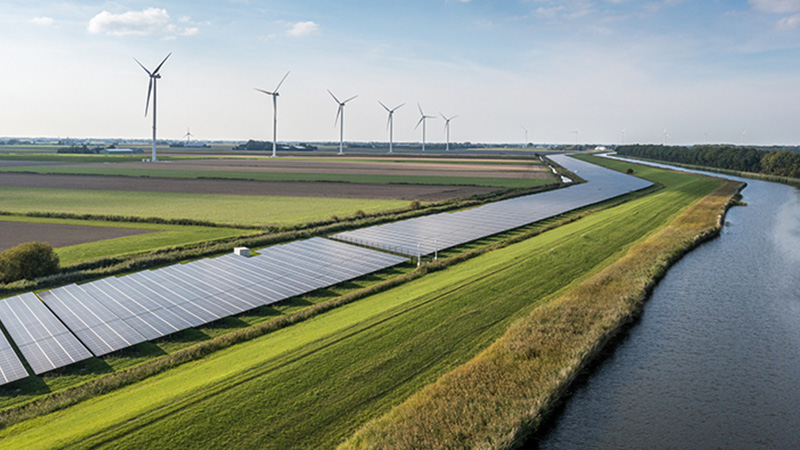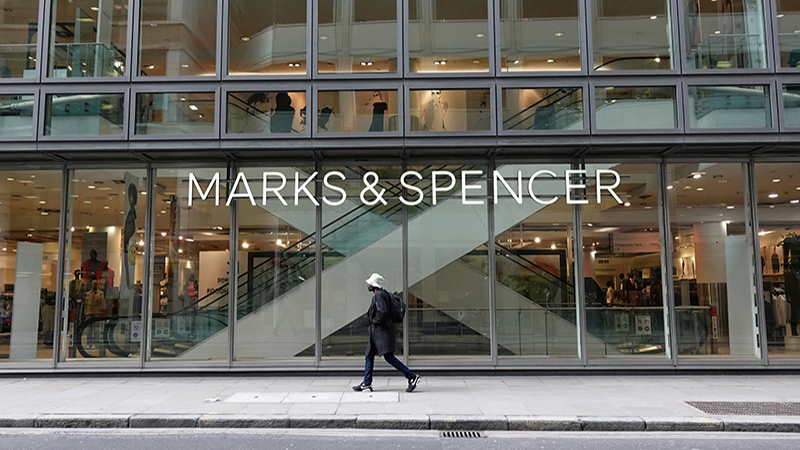Research carried out by S&P’s Fei Mei Chan and Craig Lazzara looked at the so-called ‘dispersion effect.’
“Dispersion is a statistical measure of the degree of variation in the returns of an index’s components,” their report said. “It provides a rigorous way of measuring the gap between the best and worst performers in a market over a defined period of time.”
In periods when the gap between the best and worst stocks is wide, active investment managers will have an easier time adding value, while when the gap is narrow the opportunity to add value decreases. Therefore low dispersion reduces the value stockpicking skill and in a low dispersion environment active managers will find it harder to outperform.
Dispersion has sat near a record-low over recent years S&P said, making outperforming indexes trickier.
Anybody expecting a rising rate environment to change this could be dissappointed though, according to Chan and Lazzara. The pair explained that changes in interest rates and dispersion should- in theory- exhibit positive correlation.
“Imagine two otherwise-identical companies with different degrees of financial leverage,” they said. “The earnings of the more-levered company will always be lower, obviously, because of its higher interest expense. But in a period of low rates, the disadvantage of higher leverage is suppressed; when rates rise, the impact on the more highly-levered company’s earnings will be more severe.”
Examining market data for 1990 to 2015 no such correlation exist however, according to the report, suggesting what sounds good in theory may not happen in practice over the next few years.











